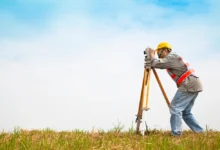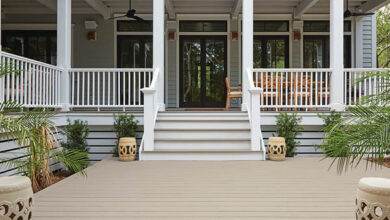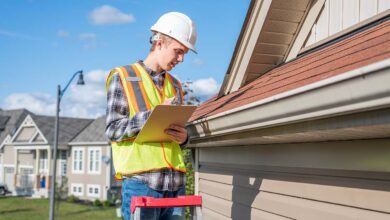
Preventing Mold Proliferation Following Water Damage
Water damage may have serious repercussions that jeopardize a home’s structural integrity and put its residents’ safety in jeopardy. Mold growth is one of the most severe aspects of water damage that can occur. Since mold growth can commence in moist environments within 24 to 48 hours, prompt action is essential. Practical measures to prevent mildew growth after water damage are detailed in this article, with an emphasis on efficient water damage restoration methods.
Prompt Reaction To Water Damage
Acting swiftly is the initial step in preventing mildew growth after water damage. Water damage must be addressed right once since mold grows best in moist areas.
- Prevent the Water Source: Immediately identify and halt the water intrusion’s source. Whether the water is escaping through a ruptured conduit, a failing roof, or inundation, halting the flow is of the utmost importance.
- Safety Assessment: Before initiating any cleansing activities, ascertain the area’s safety. Look for structural flaws, such as collapsing ceilings and damaged flooring.
- Documentation: Photographs and videos of the damage should be taken for insurance documentation purposes. Documenting the extent of the flood damage can facilitate the restoration process and aid in the submission of insurance claims.
Drying And Water Removal Methods That Are Efficient
As soon as the area is determined to be secure, the water must be immediately removed, and the afflicted areas must be dried.
- Water Extraction: To eliminate stagnant water, employ compressors or vacuums. The expeditious removal of water reduces the potential for mildew proliferation.
- Drying Out: Utilize dehumidifiers and blowers to dry the area after water extraction. It is critical to promptly remove any moisture in order to avert the growth of mildew. Facilitate adequate ventilation in order to accelerate the drying process.
- Eliminate damp Items: Eliminate damp items that have the potential to harbor mildew, including carpets, furniture, bedding, and any other absorbent materials.
Sanitation And Disinfection
Thorough cleansing and disinfection are essential steps in preventing mildew growth once the area has dried.
- Surface Cleaning: Use a detergent solution to eliminate grime and debris from all affected surfaces. This is an essential phase in guaranteeing the disinfectants’ efficacy.
- Disinfecting: To eliminate any residual mold particles, disinfect all affected areas with an EPA-approved disinfectant. Particular care should be taken with porous surfaces, as they are prone to mildew growth.
- Dispose of Damaged Materials: It is imperative to appropriately dispose of any materials that have been damaged beyond a thorough cleaning and drying process. This generally comprises water-absorbent porous materials, including insulation and certain varieties of ceiling tiles.
The Inhibition Of Mold
Mold growth can be further prevented through the implementation of supplementary preventive measures.
- Utilize Mold Inhibitors: Apply mold inhibitors to cleansed surfaces to prevent the growth of mold and mildew. These substances may be applied directly to walls and other surfaces or mixed with paint.
- Monitor Humidity Levels: It is imperative to regulate indoor humidity levels to a range of 30% to 50% in order to impede the proliferation of mildew. Utilize hygrometers to monitor and adjust relative humidity levels.
- Systematic Examinations: Conduct routine inspections of the impacted and adjacent regions to identify indications of moisture or mildew. Prompt identification can avert extensive mold contamination.
Professional Restoration Of Water Damage
It is advised to choose a reputable water damage repair firm when dealing with significant water damage. Professionals possess the knowledge, tools, and experience necessary to effectively manage severe cases of mold and can prevent the recurrence of the problem.
- Professional Evaluation: A specialist can more accurately determine the degree of the damage and provide a thorough plan for its rehabilitation.
- Sophisticated Methods: Experts employ sophisticated methods and apparatus, such as thermal imaging, to identify concealed moisture that may foster the development of mold.
- Guaranteed Outcomes: The majority of professional services provide assurances that the mold will not return through the use of guarantees.
Conclusion
It is critical to prevent mold growth following water damage in order to safeguard the structural integrity of the residence and the well-being of its occupants. By quickly drying out damaged areas, properly cleaning and disinfecting, and possibly most importantly hiring expert water damage repair services when necessary, you can make sure that your house stays safe, clean, and mold-free. Bear in mind that prompt action is crucial in preventing mold problems; the sooner you take action, the lower your likelihood of encountering mold-related issues in the future.








